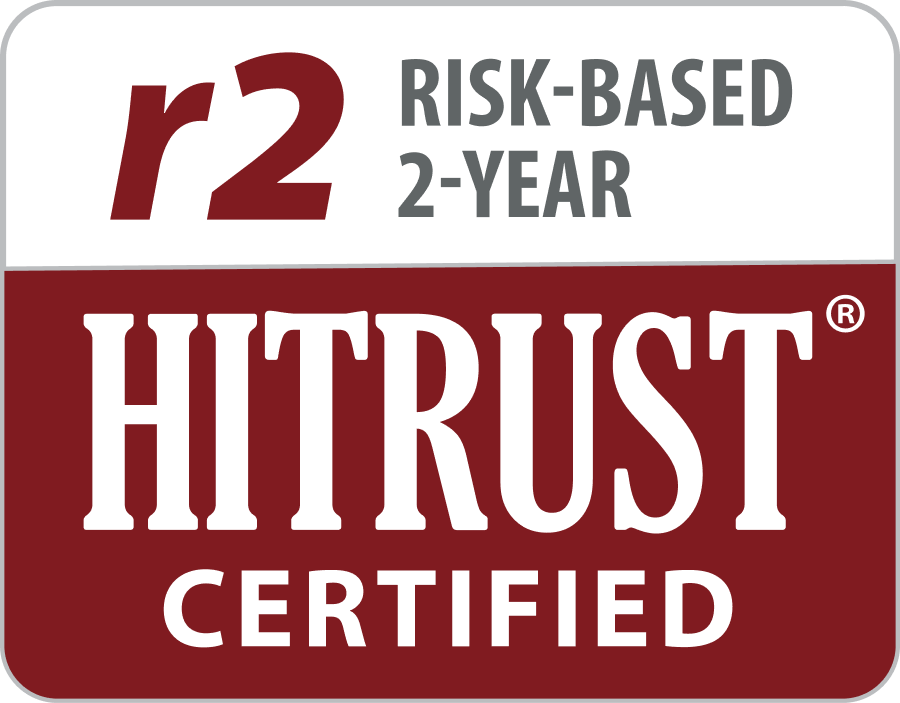As we count down to the third quarter, it’s time for plans to review year-to-date progress against 2023 risk adjustment roadmaps and determine if any course corrections are needed. Here are four proactive steps health plans should take now to avoid the frenzied fourth-quarter push:
- Evaluate completion rates for in-home, in-office and telehealth assessments during 2023 so far. By projecting and extrapolating completion volumes across the balance of 2023, health plans may estimate the total number of assessments expected for the rest of the year and compare them against the organization’s roadmap for the year. This analysis will help identify any gaps or discrepancies and allow teams to make necessary adjustments to meet 2023 goals. This will also enable plans to properly establish any additional bandwidth required.
- Identify and stratify members who have not completed an annual wellness visit. This visit plays a vital role in comprehensive patient care to ensure accurate and complete diagnostic data is documented and submitted to CMS. By developing a robust and multi-channel communication strategy, health plans can engage with members and encourage them to schedule and complete annual wellness visits. Proactive steps will help improve risk score accuracy and completeness, aid in avoiding provider scheduling issues at the end of the year, and, most importantly, ensure that beneficiaries are connected with the appropriate level of health plan support.
- Establish a resource plan for the retrospective chart review program. Plans can use historical volumes and membership trends to estimate the number of medical records the risk adjustment group will target. In addition, review and evaluate last year’s results to determine whether an adjustment to targeting methodology, workflow, vendor performance, or quality processes is warranted. This assessment will give your team insights into the staffing requirements for retrieval and coding in light of competing priorities, such as an HHS Risk Adjustment Data Validation (RADV) audit and other obligations. Adequate staffing and vendor support are critical success factors to ensure medical records are reviewed and coded in a timely and accurate manner, leading to more precise risk adjustment results.
- Review Medicare Advantage 2021 dates of service data for member conditions that have a high likelihood of being flagged based on the Office of Inspector General high-risk diagnosis code criteria. Codes without evidence of treatment, such as acute stroke, acute heart attack, vascular conditions, major depressive disorder, and cancer codes should be thoroughly examined. Although the final submission deadline of July 31 is rapidly approaching, Medicare Advantage organizations are permitted to send through delete EDPS records after the submission deadline, so there’s still plenty of time to identify, review and rectify any incorrect diagnosis codes.
By taking proactive steps and implementing strategic measures, health plans can set themselves up for risk adjustment success in the second half of 2023. Analyzing completion rates, engaging members for annual wellness visits, estimating medical record needs, and reviewing high-risk diagnosis codes are crucial aspects of this comprehensive and multifaceted preparation.
ATTAC Consulting Group has the expertise to keep risk score accuracy at the forefront of your organization. With a pulse on the latest CMS and OIG trends, and the knowledge of where to look, ATTAC is uniquely positioned to help your health plan navigate challenges and ensure accurate risk adjustment outcomes.

